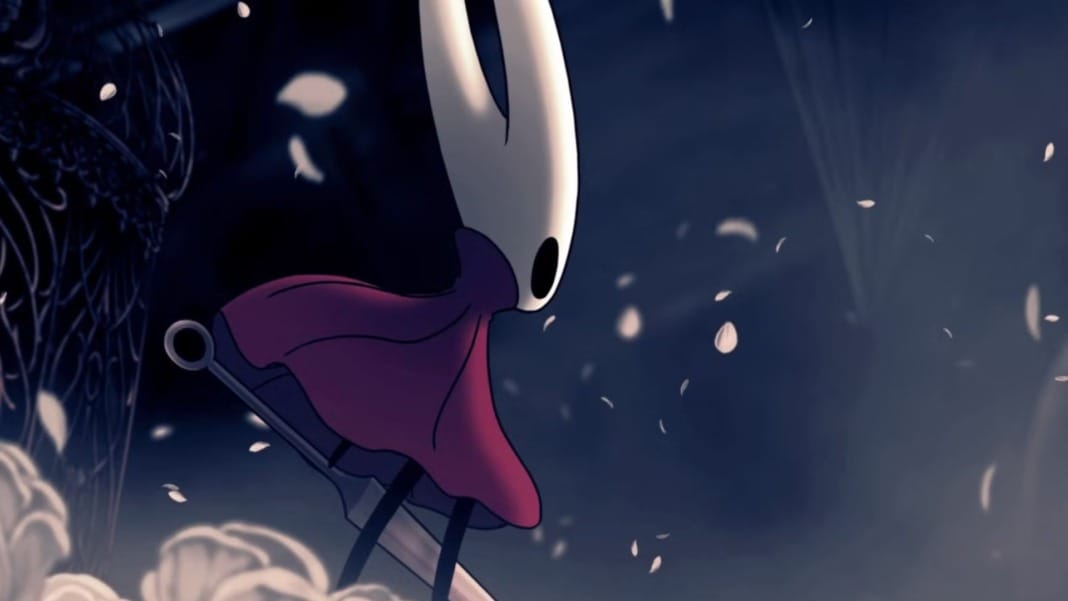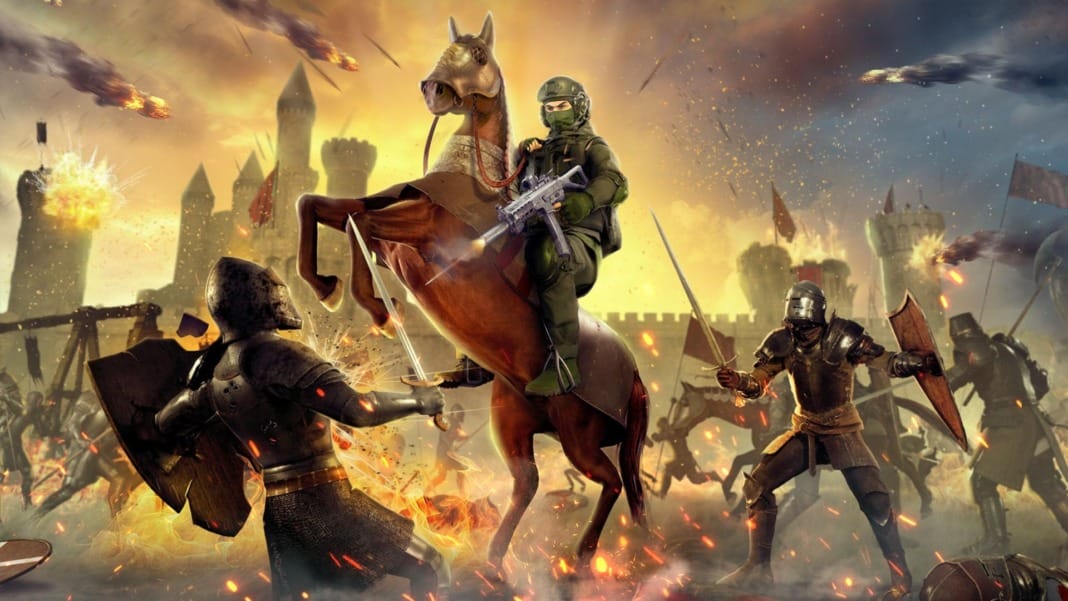Team Cherry’s long-awaited Hollow Knight: Silksong continues the studio’s tradition of rich, layered storytelling, weaving fragments of lore and character history throughout its haunting world. What begins as a seemingly simple tale soon transforms into an epic of faith, destiny, and self-discovery. Every aspect of Silksong aims to surpass its predecessor, with bolder ideas and a deeper emotional core — yet one fundamental issue prevents it from achieving perfection. Team Cherry seems uncertain whether the story belongs to Hornet or to the player.
A journey of faith and transformation
Silksong opens with Hornet trapped in a cage, captured by the Weavers of Pharloom at the command of Grand Mother Silk, a local deity to whom Hornet is partially related. After escaping captivity, Hornet embarks on a pilgrimage through a nightmarish world of bones and corpses, ascending from the depths toward the Citadel where Pharloom’s corrupted priesthood rules. Along her journey, she witnesses the pain of the oppressed: labourers toiling and dying for the comfort of the elite, and dissenters punished for their beliefs.
Meanwhile, Lace, another Weaver born from Grand Mother Silk’s own silk — which represents the soul — also climbs toward the Citadel, seeking revenge and the restoration of her imprisoned mother. The story’s two endings diverge dramatically. In the standard ending, Hornet succeeds Grand Mother Silk, effectively becoming a new god. In the true ending, she defeats the deity, confronts the lingering Void from the original Hollow Knight, and frees Lace. Grand Mother Silk then sacrifices herself so that both Hornet and Lace can live free.
At its heart, Silksong is a pilgrimage narrative. Its structure mirrors medieval morality plays and critiques of religious corruption, echoing Dante Alighieri’s The Divine Comedy. Hornet’s ascent — from the infernal underworld through the middle realms and finally to the Citadel — parallels a spiritual journey toward enlightenment. The symbolism even extends to elements resembling the Stations of the Cross, as Hornet endures capture, judgment, and symbolic death before rebirth.
The story explores religion, spirituality, and transformation, revealing how Mother Silk’s once-holy faith became twisted under a corrupt clergy. Hornet, born of both Weaver and mortal blood, becomes a vessel for this moral struggle — torn between divine duty and personal freedom. Her victory in the true ending symbolises liberation from destiny, as she and Lace reject divine hierarchy and embrace self-determination. Religion dies, but life and choice endure.
The brilliance and flaws of Silksong’s storytelling
Team Cherry’s world-building remains exceptional. The game’s narrative blends myth, morality, and philosophy, culminating in a message of compassion: the world changes only when individuals care for one another. It’s an elegant use of interactivity to reinforce the game’s themes. Yet, for all its conceptual strength, Silksong falters in execution — particularly when connecting these ideas to Hornet herself.
Unlike the silent protagonist of Hollow Knight, Hornet has a distinct personality and voice. This should make her a compelling focal point. However, the narrative often sidelines her emotional growth. Despite her involvement in Pharloom’s tragedies, Hornet rarely reflects on them. The tension between destiny and free will — so central to the story’s ideas — appears only briefly, especially during the Act 2 confrontation with Mother Silk. Even when characters praise Hornet’s compassion, their words seem directed at the player rather than her.
This disconnect weakens the emotional core of the story. Hornet’s indifference to Pharloom’s inhabitants makes her journey feel impersonal, even though the player may act with kindness and empathy. Simple narrative touches, such as having her begrudgingly show compassion or gradually change her tone, could have bridged this gap and made her transformation believable.
Missed opportunities and lasting impact
Secondary characters add richness to Pharloom but often lack depth or purpose. Figures such as Garmond, the Moss Druid, and the Huntress evoke fascinating ideas about faith and rebellion, yet their stories lead nowhere. Only a few, like Lace and the Green Prince, have arcs that span the whole narrative — though even these feel disconnected from Hornet’s personal growth. The tale of the Green Prince and his lost lover, while poignant, is self-contained and does not significantly impact the game’s central themes.
These scattered threads make Silksong feel uneven at times. Hornet’s passivity — her tendency to observe rather than act — diminishes the potency of the story’s message. Her rare attempts at guidance or reflection come across as generic, such as telling the young Sherma that “actions speak louder than words.” Stronger dialogue or emotional tension could have transformed these moments into defining beats of character development.
Despite its flaws, Hollow Knight: Silksong remains a remarkable achievement in thematic storytelling. Its allegories of corruption, faith, and freedom are intricately designed, and few modern games manage to integrate such layered meaning into both their narrative and world design. Team Cherry’s ambition is undeniable, and if future projects build upon these foundations while refining the storytelling focus, the result could be something extraordinary.





